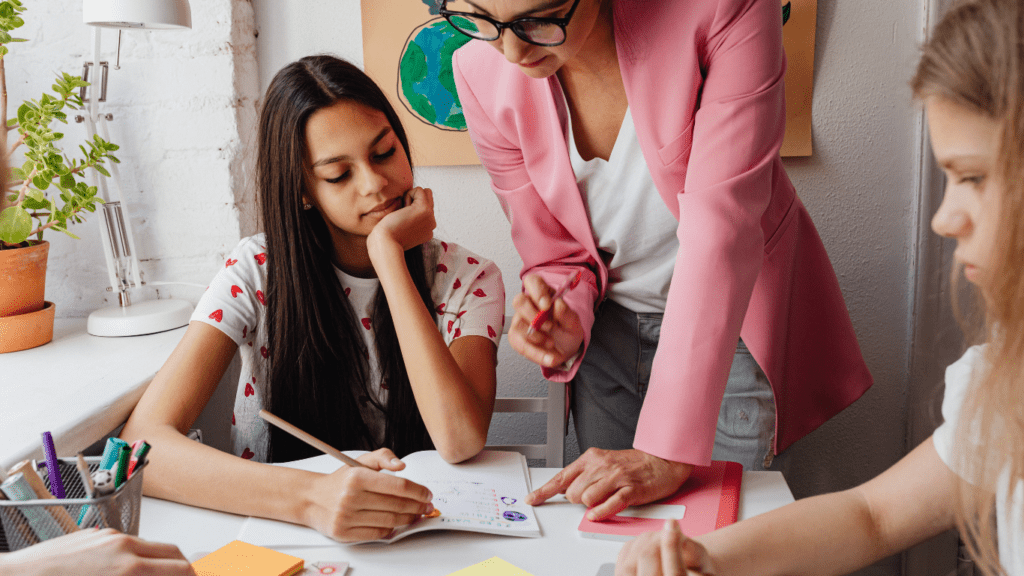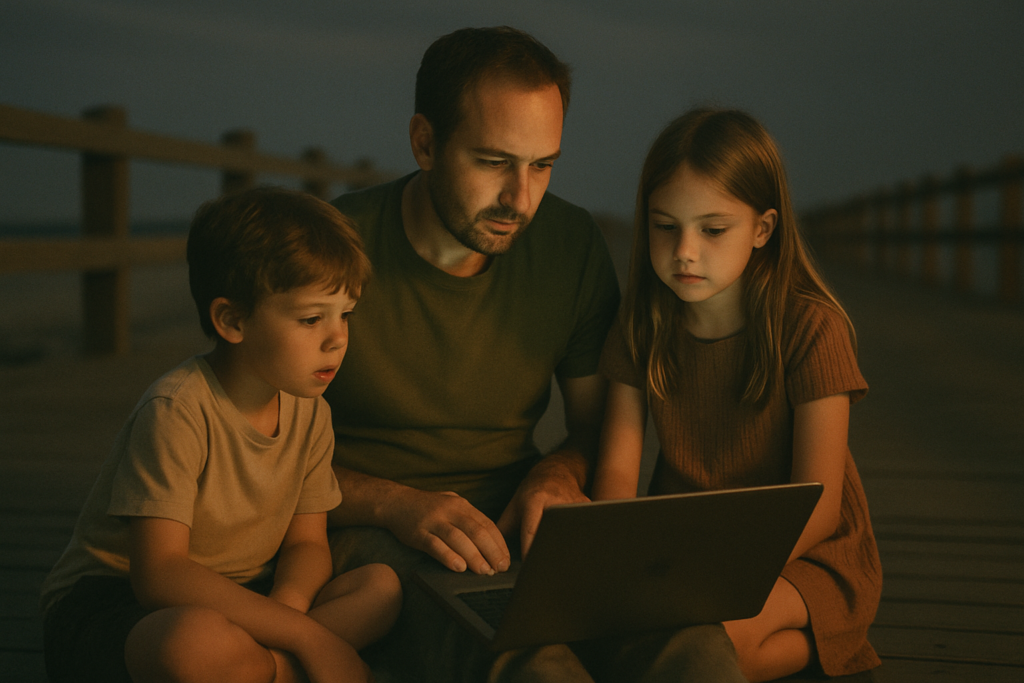Navigating the shift to remote learning during the pandemic has significantly impacted family dynamics worldwide. As a parent and educator, I’ve witnessed firsthand the challenges and opportunities this new educational landscape presents. The post-pandemic era brings a unique set of circumstances as families adjust to a blend of virtual and in-person learning environments.
In this article, I’ll delve into the evolving dynamics within families as they adapt to remote learning post-pandemic. From balancing work responsibilities with supporting children’s education to fostering communication and resilience, the ways in which families navigate this transition are crucial. Join me as we explore the lasting effects of remote learning on family relationships and strategies to foster a harmonious learning environment in the new normal.
The Evolution of Remote Learning Post-Pandemic
In the post-pandemic era, remote learning has undergone a significant evolution, reshaping the landscape of education and family dynamics. As a parent and educator, I have witnessed the transformative changes that have taken place in teaching methods and the pivotal role technology plays in ensuring education continuity.
Changes in Teaching Methods
I have observed a notable shift towards a more flexible and personalized approach in teaching methods post-pandemic. Educators have embraced innovative strategies to cater to diverse learning needs, incorporating elements of hybrid learning to provide a seamless blend of virtual and in-person instruction. This adaptability has not only enhanced student engagement but also fostered a sense of autonomy and self-directed learning.
Technology’s Role in Education Continuity
Technology has played a central role in maintaining education continuity in the face of disruptions caused by the pandemic. From video conferencing platforms to interactive learning tools, digital technologies have facilitated seamless communication between teachers, students, and parents. This integration of technology has not only bridged the gap between physical and virtual classrooms but has also opened up new avenues for collaborative learning and interactive engagement.
Impact on Family Dynamics
Adapting to remote learning has required families to navigate significant changes in their dynamics. Here’s how these adjustments have influenced family life:
- Rebalancing Work and Home Life
Balancing work responsibilities while ensuring children have the support they need for remote learning has been a key challenge. I’ve found that setting clear boundaries and establishing structured routines have helped in managing work commitments while being present for my child during their virtual classes. - Parental Involvement in Education
With the shift to remote learning, parental involvement in education has become more critical than ever. I’ve noticed that actively participating in my child’s learning process, communicating regularly with teachers, and providing academic assistance at home have been essential in supporting my child’s educational journey.
Challenges and Solutions
Addressing Technological Disparities
Ensuring equitable access to technology is crucial in overcoming barriers to remote learning. Families facing technological disparities may struggle to participate fully in online education. To address this challenge, educational institutions and policymakers need to implement initiatives providing devices and internet connectivity to disadvantaged students. By bridging the digital divide, we can create a more inclusive and effective remote learning environment for all.
Creating Effective Learning Environments at Home
Establishing a conducive learning space at home is vital for optimizing remote learning outcomes. Designating a quiet, organized area free from distractions can enhance students’ focus and productivity. Encouraging a structured daily routine that includes dedicated study time reinforces consistency in learning habits. Involving family members in creating a supportive environment fosters a sense of shared responsibility for academic success. By fostering a positive and engaging home learning environment, families can play a critical role in enriching the remote learning experience for students.
Benefits of Remote Learning
Remote learning offers several benefits that have positively impacted family dynamics post-pandemic.
Flexibility and Customization
Adapting to remote learning has provided flexibility for both parents and students. Parents can now better align their work schedules with their children’s learning needs, creating a more harmonious balance between work and family life. Students, on the other hand, have the opportunity to customize their learning experience, focusing on areas where they need more assistance and progressing at their own pace.
Expansion of Educational Access
One significant benefit of remote learning is the expansion of educational access. Students can now access learning materials and resources from anywhere, breaking down geographical barriers and providing more opportunities for those in remote or underserved areas. This increased accessibility ensures that all students have the chance to receive a quality education, regardless of their location.



